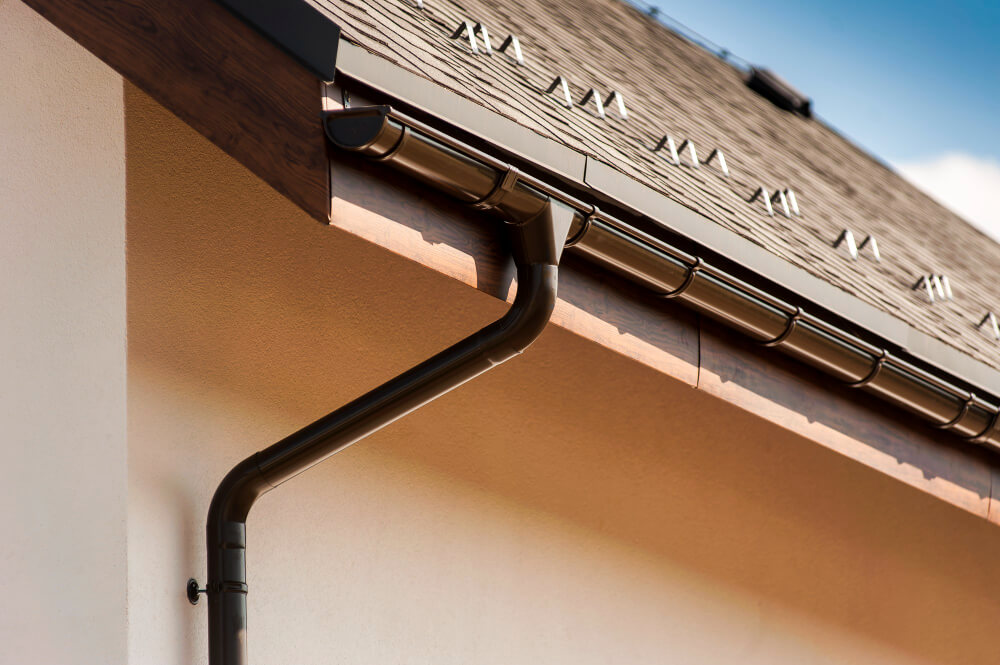
The Complete Guide to Different Types of Roof Flashing
When it comes to roofing, one essential component that often goes unnoticed is roof flashing. Roof flashing plays a crucial role in preventing water leaks and directing water away from vulnerable areas of your roof. It acts as a protective barrier, ensuring that your roof remains durable and water-tight. In this comprehensive guide, we will explore the different types of roof flashing, their purposes, and how they contribute to the overall integrity of your roof.
1. What is Roof Flashing?
Roof flashing refers to the thin strips of material, typically made of metal or composite materials, installed in vulnerable areas of a roof to prevent water penetration. It is strategically placed in areas where the roof meets other structures, such as chimneys, skylights, vents, and dormers. Flashing is essential because it provides an extra layer of protection against water damage, ensuring the longevity and stability of your roof.
2. Importance of Roof Flashing
Properly installed roof flashing serves as a defense mechanism against water infiltration. It helps to divert water away from critical areas and prevents leaks that can lead to structural damage, mold growth, and costly repairs. Without adequate flashing, rainwater can seep into the underlying layers of your roof, causing rotting, decay, and compromising the structural integrity of your entire roofing system.

3. Types of Roof Flashing
Step Flashing
Step flashing is commonly used in areas where the roof intersects with a vertical structure, such as a chimney. It consists of small, individual pieces of metal that are layered with the roofing material. Each piece is strategically overlapped, creating a step-like pattern. Step flashing ensures that water is diverted away from the junction between the roof and the vertical surface, preventing water from infiltrating into the building.
Valley Flashing
Valley flashing is installed in the valleys of a roof, where two roof slopes intersect. It is typically made of metal and is designed to channel water down the roof and away from the valley area. By effectively redirecting water, valley flashing helps prevent water accumulation, which can lead to leaks and subsequent damage.
Drip Edge Flashing
Drip edge flashing is installed along the edges of a roof, particularly along the eaves and rakes. It is typically made of metal and serves multiple purposes. Firstly, it helps to direct water away from the fascia, preventing moisture damage. Secondly, it assists in guiding water into gutters, ensuring proper drainage. Lastly, drip edge flashing provides protection against wind-driven rain, preventing water from infiltrating beneath the roof cover.
Vent Pipe Flashing
Vent pipe flashing is used to seal the openings created for plumbing vents and exhaust vents on the roof. It is designed to fit snugly around the vent pipes, creating a watertight seal. Vent pipe flashing can be made of various materials, such as rubber, metal, or plastic. Its primary function is to prevent water from entering through these vulnerable areas.
Chimney Flashing
Chimney flashing is specifically designed to seal the intersection between the chimney and the roof. It typically involves the use of both step flashing and counter flashing. Step flashing is installed in a stair-step pattern along the sides of the chimney, while counter flashing is embedded into the chimney mortar joints. This combination forms a reliable barrier against water infiltration.

4. Installation and Maintenance
Proper installation and maintenance of roof flashing are crucial to its effectiveness. It is recommended to hire a professional roofing contractor with experience in flashing installation. Regular inspections should be conducted to identify any signs of damage or deterioration. Damaged flashing should be repaired or replaced promptly to prevent water leaks and potential roof damage.
Roof flashing may seem like a minor detail, but it plays a significant role in protecting your home from water damage. By understanding the various types of flashing and their functions, you can ensure that your roof remains strong, durable, and leak-free. Remember, investing in quality materials and professional installation is key to maintaining the integrity of your roof and preserving the value of your home. So, take the necessary steps to safeguard your roof with the right flashing and enjoy peace of mind for years to come.


